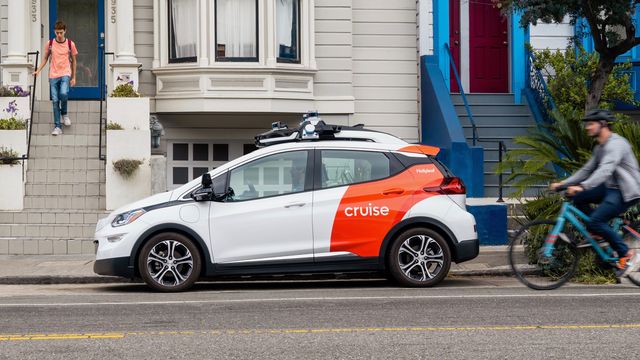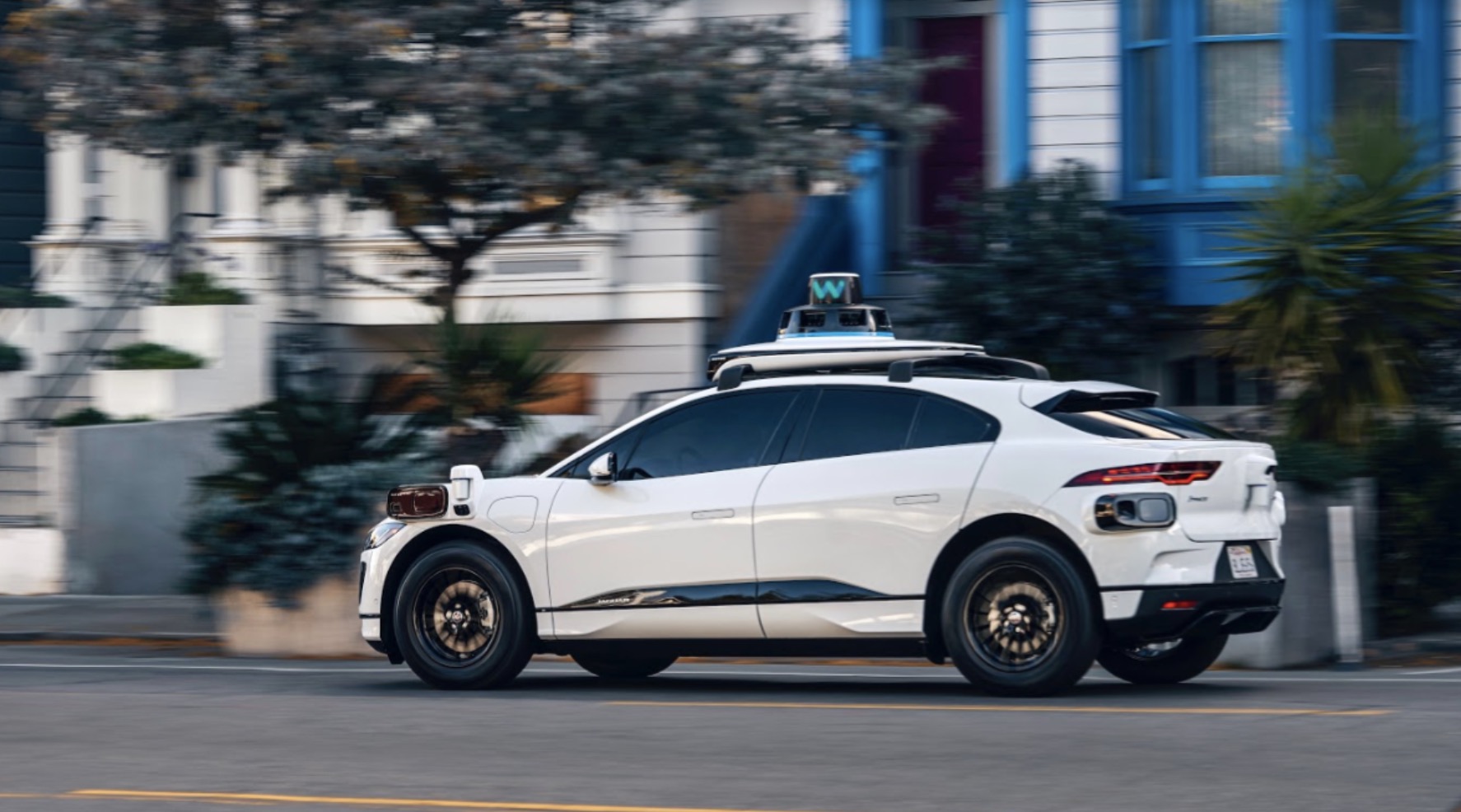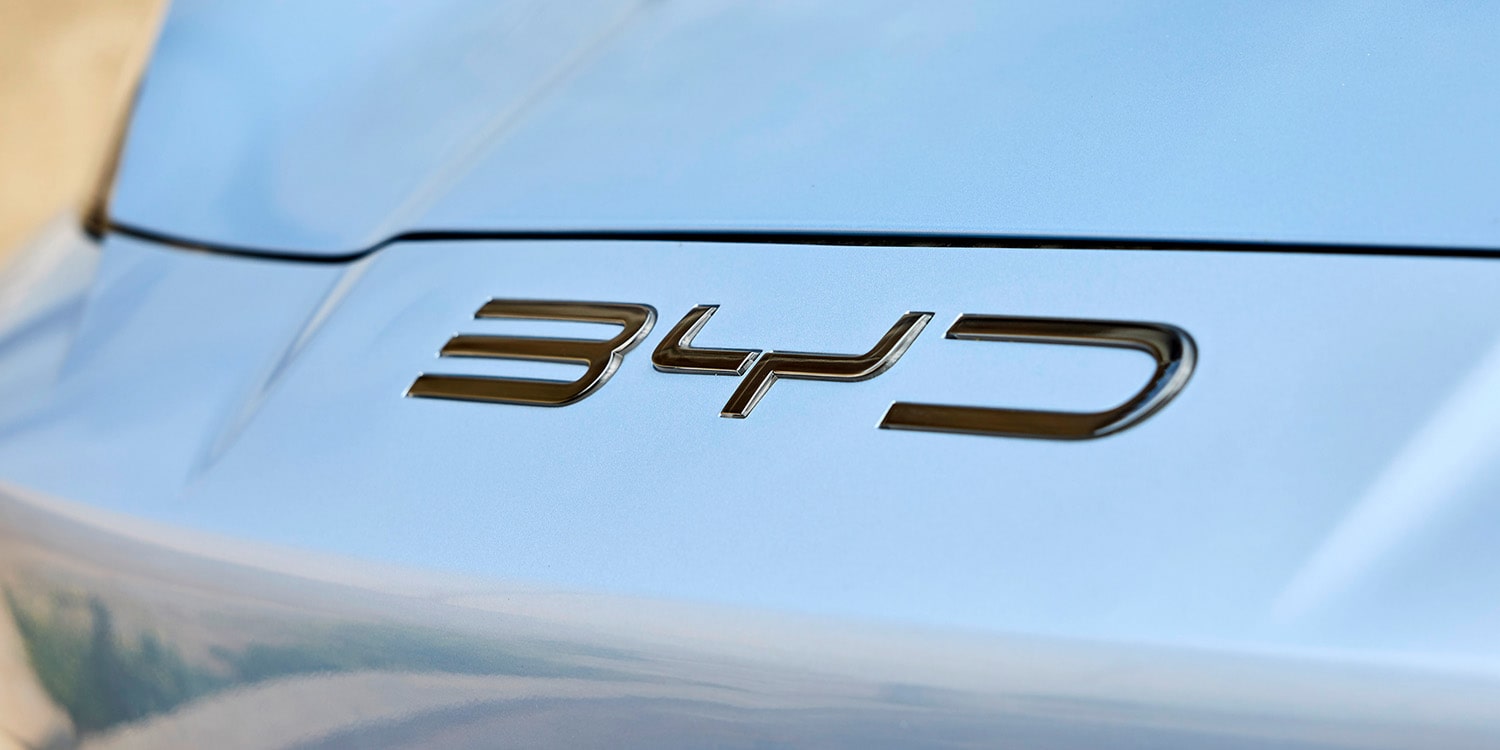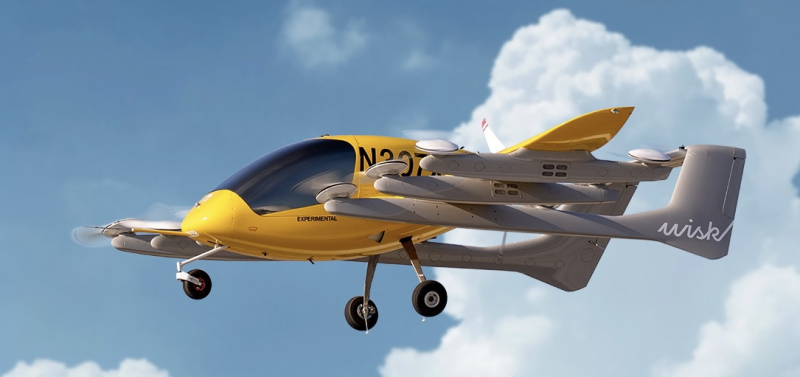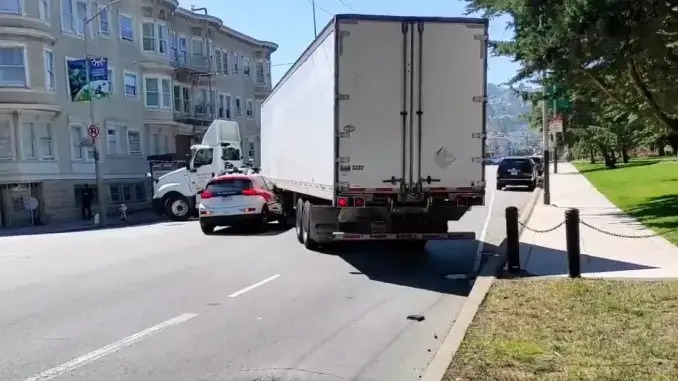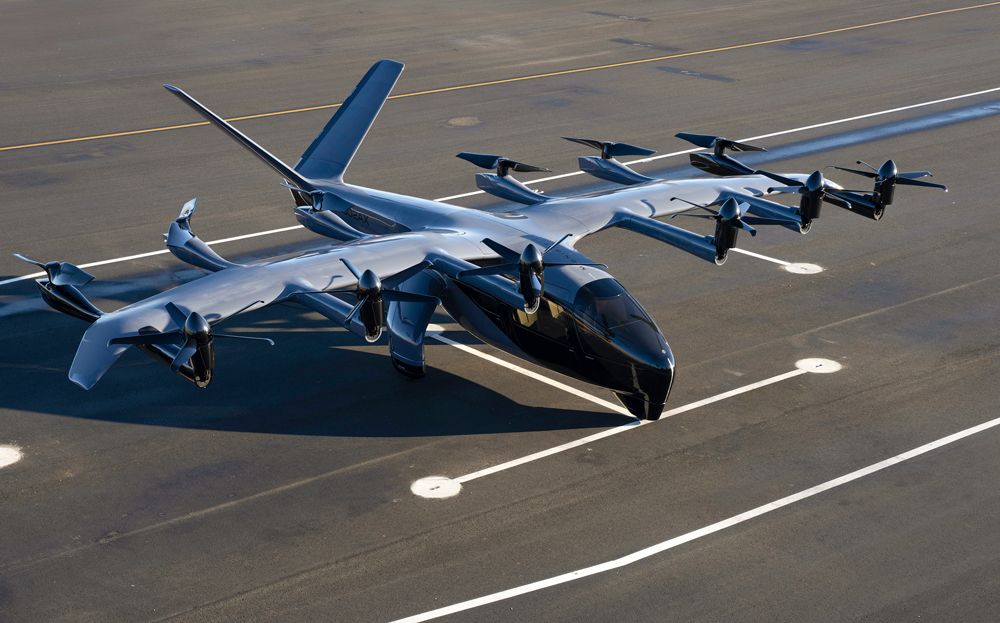In a groundbreaking move for the driverless car industry, GM’s autonomous vehicle technology division, Cruise, has announced its first labor union agreements. The agreements were signed with two local union chapters in California, namely the International Brotherhood of Electrical Workers (IBEW) Local 6 and Service Employees International Union Local 87. The union members will be involved in building and staffing Cruise vehicle charging facilities.
The decision by Cruise to collaborate with the unions is significant, considering the historically contentious relationship between labor and automation services. By partnering with IBEW and SEIU, Cruise aims to create new job opportunities for the members while providing valuable on-site experience for apprentices.
This development comes in the wake of concerns raised by autoworkers about potential job losses in the broader automotive industry due to the transition to all-electric vehicles. Electric vehicles require fewer parts to produce, leading to worries about reduced employment opportunities. In the midst of ongoing contract negotiations with the Big Three Detroit automakers, including General Motors, the United Auto Workers (UAW) labor union has been particularly vocal about safeguarding jobs.
As of now, Cruise operates 400 fully autonomous robotaxis across seven cities in the United States, including Nashville, Miami, Phoenix, and three cities in Texas. San Francisco, California, where the company’s journey began as a testbed, remains one of its key service locations. Notably, Cruise has celebrated a significant milestone, surpassing 3 million driverless miles driven across its fleet.
Looking to the future, Cruise plans to deploy thousands of units of its fully autonomous all-electric robotaxi, known as the Cruise Origin AV. Unlike the upgraded Cruise Chevy Bolt EVs presently in service, the Cruise Origin AV has been specially designed as a fully autonomous vehicle from the ground up. However, its deployment awaits approval from the National Highway Traffic Safety Administration (NHTSA). The NHTSA’s decision will determine whether vehicles designed exclusively for operation by computers must also include traditional vehicle equipment, such as a steering wheel, mirrors, and windshield wipers.
Cruise’s progressive move towards cooperation with labor unions and its continued strides in the autonomous vehicle space could mark a new era of collaboration between automation technology and the workforce. As the industry evolves, the significance of such agreements could have broader implications for the future of transportation and employment.

